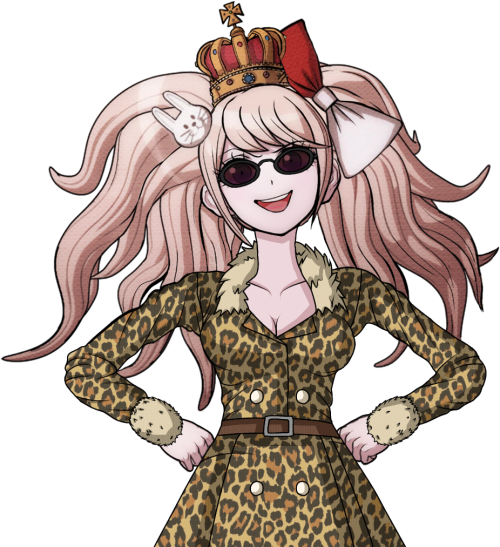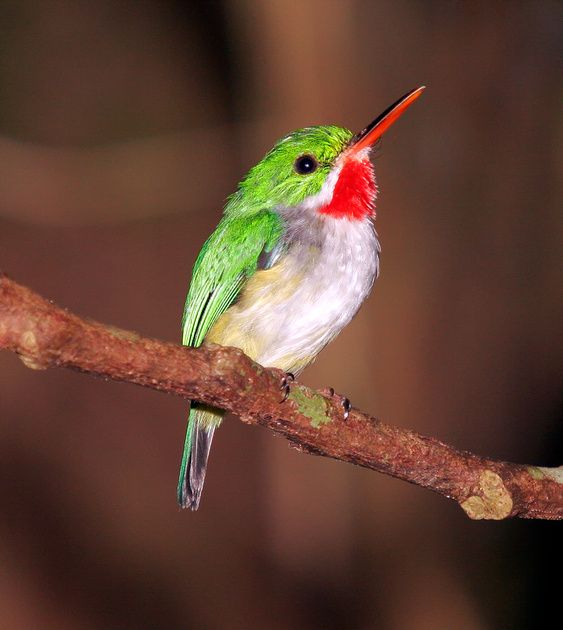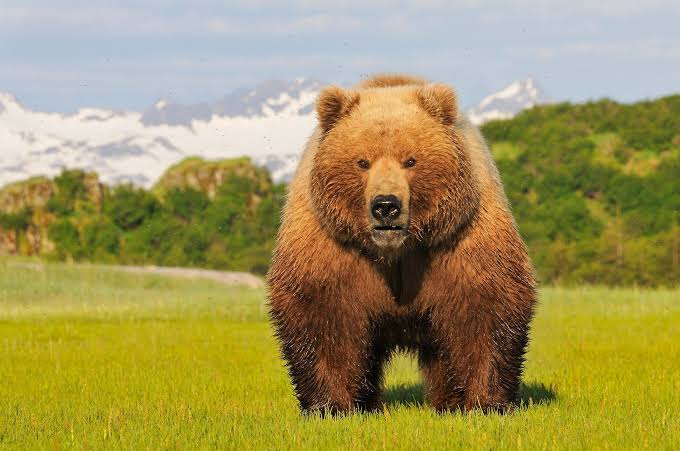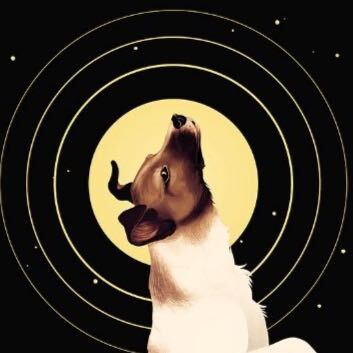The marabou stork (Leptoptilos crumenifer) is a large wading bird in the stork family Ciconiidae native to sub-Saharan Africa. It breeds in both wet and arid habitats, often near human habitation, especially landfill sites. It is sometimes called the “undertaker bird” due to its shape from behind: cloak-like wings and back, skinny white legs, and sometimes a large white mass of “hair”.
The marabou stork is a massive bird: large specimens are thought to reach a height of 152 centimetres (4.99 feet) and a weight of 9 kg (20 lb). A wingspan of 3.7 m (12 ft) was accepted by Fisher and Peterson, who ranked the species as having the largest wing-spread of any living bird. Even higher measurements of up to 4.06 m (13.3 ft) have been reported, although no measurement over 3.20 m (10.5 ft) has been verified
The marabou is unmistakable due to its size, bare head and neck, black back, and white underparts.
Like most storks, the marabou is gregarious and a colonial breeder. In the African dry season (when food is more readily available as the pools shrink), it builds a tree nest in which two or three eggs are laid. It is known to be quite ill-tempered. It also resembles other storks in that it is not very vocal, but indulges in bill-rattling courtship displays. The throat sac is also used to make various noises at that time.
This large and powerful bird eats mainly carrion, scraps, and faeces but will opportunistically eat almost any animal matter it can swallow. It occasionally eats other birds including Quelea nestlings, pigeons, doves, pelican and cormorant chicks, and even flamingos. During the breeding season, adults scale back on carrion and take mostly small, live prey since nestlings need this kind of food to survive. Common prey at this time may consist of fish, frogs, insects, eggs, small mammals and reptiles such as crocodile hatchlings and eggs, and lizards and snakes. Though known to eat putrid and seemingly inedible foods, these storks may sometimes wash food in water to remove soil. They also eat little kids of other animals.
Insane Quetzalcoatlus vibes
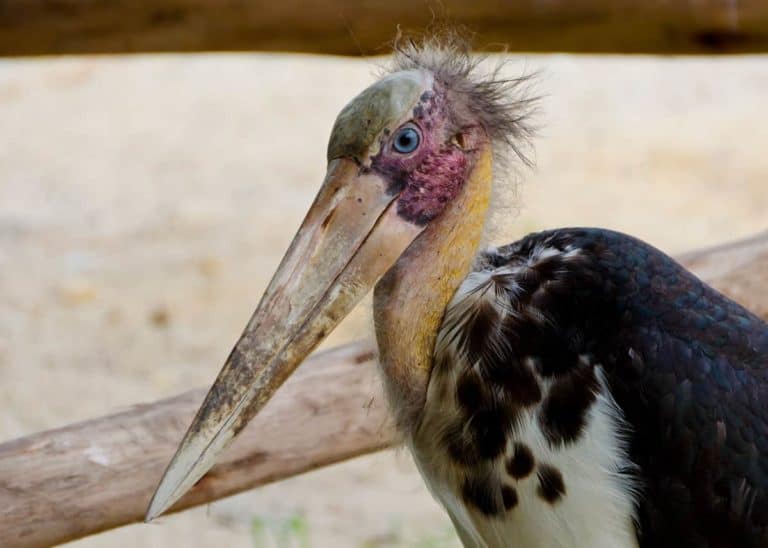
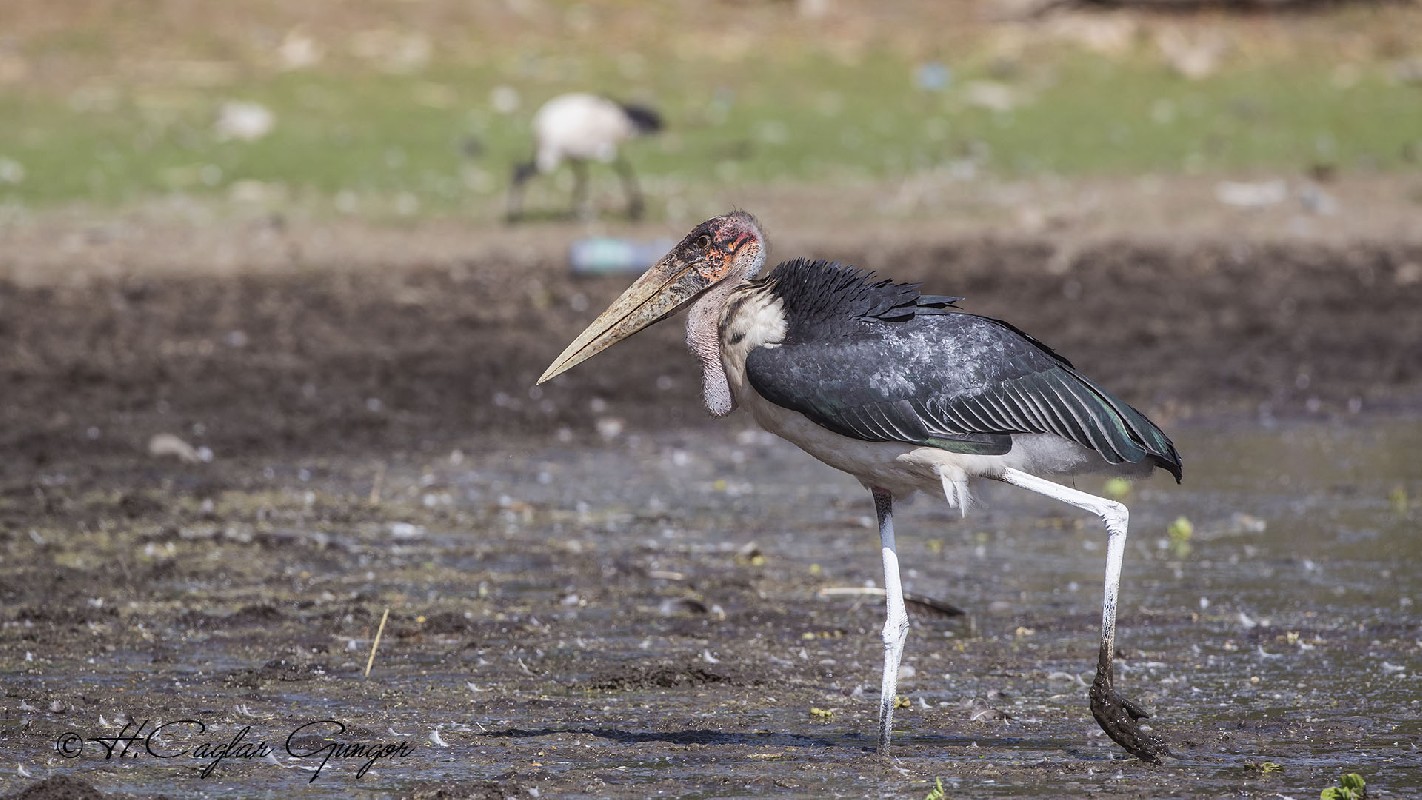
My third favorite bird.
Having seen these birds in real life, they are very weird. Their legs are white because they are basically coated in their own feces and urine, they fly like a drunk eagle when trying to soar, and they like to sit at the top of large trees. But at the same time, they are very interesting and cool. And yes, it is true that they’ll eat anything and swallow smaller animals whole and alive.
they’ll eat anything and swallow smaller animals whole and alive
Literally Quetzalcoatlus
Looks awesome!!!
Do these go to north Africa? Because if so then I see these bastards always building nests over telecom polls
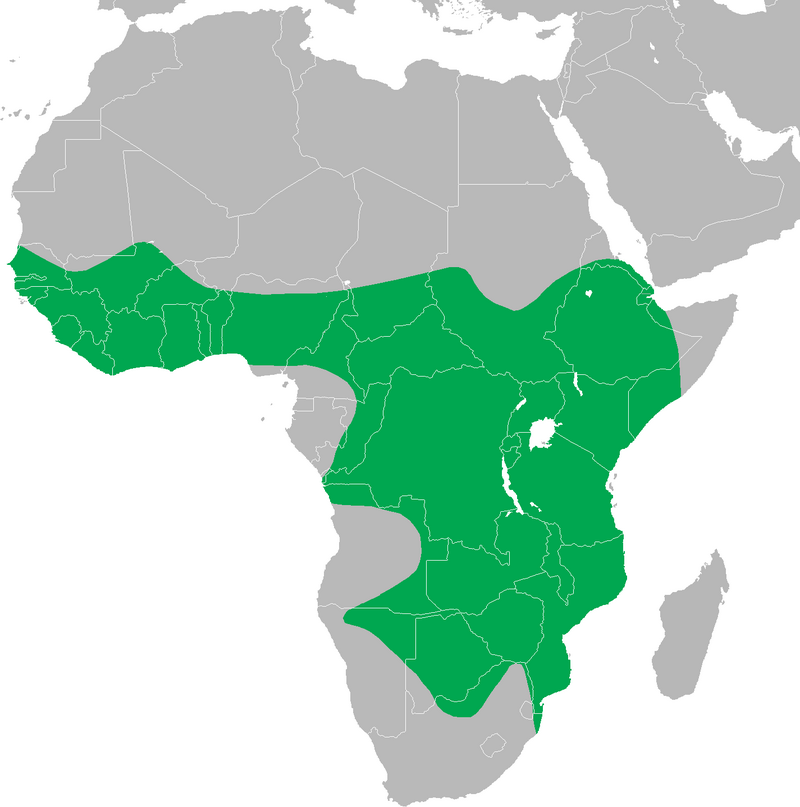
Then I see a different stork
Which one?
Dawg, I’m too shy to ask a human for their name let alone a bird taller than me
Which species lmao.
And taller than human? Is it a Terror Bird?
Stork is my favourite English word, idk why but its cool.
